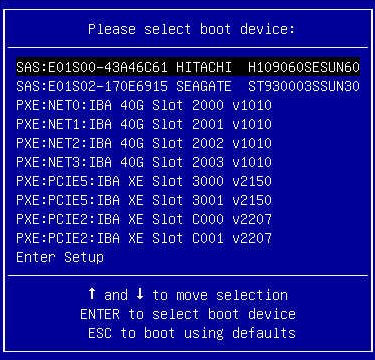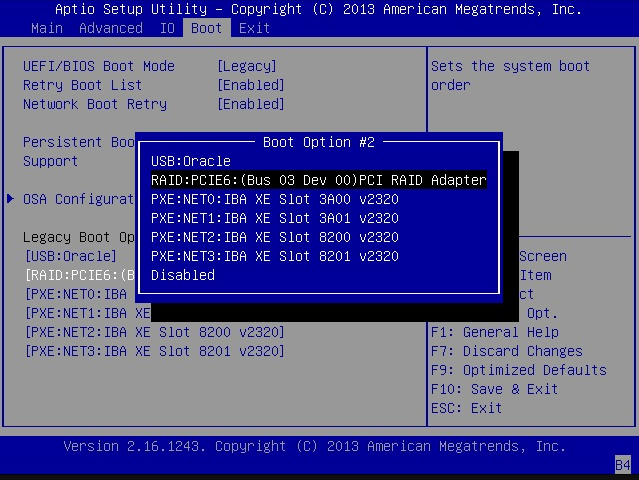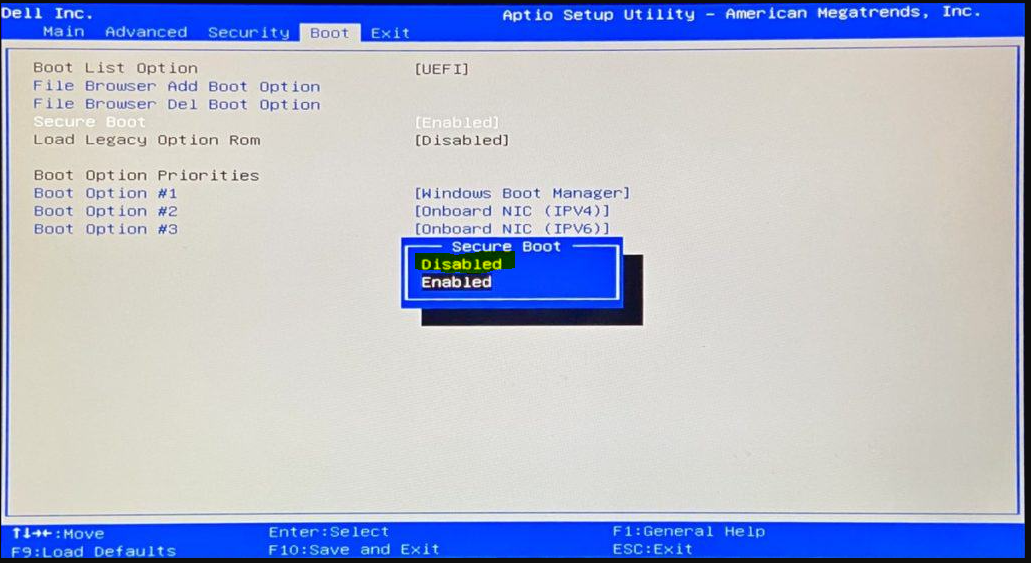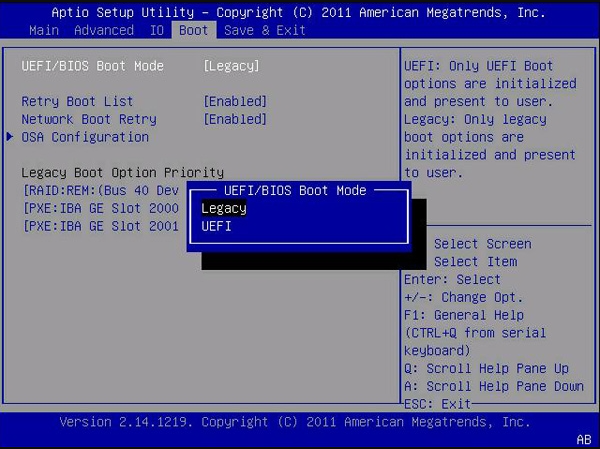ITfourALL

To load a bootable USB stick at PC startup, you'll need to follow these steps:
- Start from USB If the operating system does not boot from the USB stick after restarting your computer, you may need to modify the boot sequence in the BIOS/UEFI settings or manually select the USB stick as the boot device during startup.
-
Two Options There are now two ways to start the stick.
Option 1: Manually Select the Boot Device
If the operating system does not boot from the USB stick automatically, you may need to manually select the boot device. During the startup of your computer, access the boot menu (usually by pressing a key such as F12, F10, Esc, or Del). From the boot menu, choose the USB stick as the boot device to initiate the boot process.
Each brand (e.g., Dell, HP, Fujitsu) uses different keys for accessing the boot menu during startup.
HERE you will find the most common buttons. - Select the Bootable USB Device You will see a list of connected storage devices, which may include your internal hard drive, CD/DVD drive, and the USB stick.
- Use the arrow keys to highlight the USB device that you want to boot from. It might be labeled as the name of the USB drive manufacturer or simply "USB" or "Removable Device."
- I’ll show you how to change the boot order in the BIOS. The process is similar in UEFI. Since the steps can vary slightly depending on the manufacturer, it’s not practical to provide specific instructions for a particular tab. Instead, navigate through your BIOS or UEFI until you find the boot device settings, then move your desired boot device to the top of the list.
- Enter the BIOS/UEFI settings.
- Look for the Secure Boot option (usually under the Security or Boot tab).
- Change the setting to Disabled.
- Find the Boot Mode option in the BIOS/UEFI (often under the Boot tab).
- If it’s set to UEFI, try switching it to Legacy or CSM (Compatibility Support Module).
- If it’s already set to Legacy, try switching it to UEFI.
Secure Boot / Legacy Boot Support
If you have selected the correct boot device but the system still hasn't started from the USB, you should check the following settings in the BIOS/UEFI:
1. Disable Secure Boot
Secure Boot is a security feature that may prevent the system from booting from non-trusted sources like a custom USB stick.
To disable Secure Boot:
2. Check Legacy Boot Support
Legacy Boot mode is sometimes required for older operating systems or bootable USBs created in a non-UEFI format.
To adjust Legacy Boot:
3. Test Different Combinations
Activating/Deactivating Legacy Boot: Depending on how your USB stick was created, it may require either UEFI or Legacy boot mode. If one setting doesn’t work, try the other.
Disabling/Enabling Secure Boot: After adjusting the boot mode, ensure Secure Boot is disabled, as it can block non-signed bootloaders.
4. Save Changes and Retry Booting
After making these changes, save and exit the BIOS/UEFI settings, and then try booting from the USB device again.



